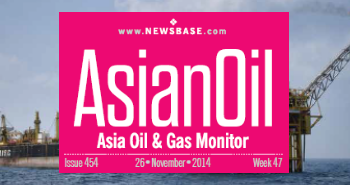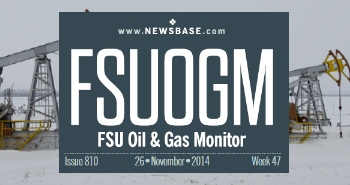Russia, Mongolia hold more talks on gas pipeline to China

Plans for the Power of Siberia 2 gas pipeline linking Russia to China via Mongolia were discussed during a meeting between Russian Energy Minister Sergei Tsivilev and Mongolia’s Ambassador-at-Large Zandaahuu Enkhbold, Russia’s Energy Ministry reported on March 21.
Tsivilev said the pipeline project would provide fresh momentum to the longstanding energy cooperation between Russia and Mongolia. While engineering surveys for the pipeline have already been completed, the project is still awaiting the finalisation of its environmental impact assessment (EIA).
In September last year, Russian President Vladimir Putin visited Mongolia and held talks with President Ukhnagiin Khurelsukh on a range of political and economic issues. Following the meeting, Putin announced that design documentation for the Soyuz Vostok gas pipeline had been completed and was under state review at the time.
Soyuz Vostok is the planned 950-km Mongolian section of Power of Siberia 2, which will run 2,600 km from the Bovanenkovo gas field on Russia’s Yamal Peninsula to the Russia-Mongolian border. Officials have said the project could include not only transit volumes but also direct gas supplies to Mongolian consumers.
Power of Siberia 2 is designed to carry 50bn cubic metres per year of gas at full capacity. Bovanenkovo and other fields it will receive gas from formerly served the European gas market, via the Nord Stream 1 pipeline to Germany, up until the pipeline’s closure and subsequent destruction in autumn 2022. However, first Gazprom will need to strike a long-term gas supply deal with China’s CNPC to underpin Power of Siberia 2’s development. Moscow first unveiled the project in 2019, but Beijing has been reluctant to commit to receiving more gas, because of uncertainty about future Chinese gas demand.
Unlike Power of Siberia 1, which runs directly from Russia to China, the fact that Mongolia is involved as a transit route for Power of Siberia 2, adds another layer of complexity to the project’s development.



Follow us online